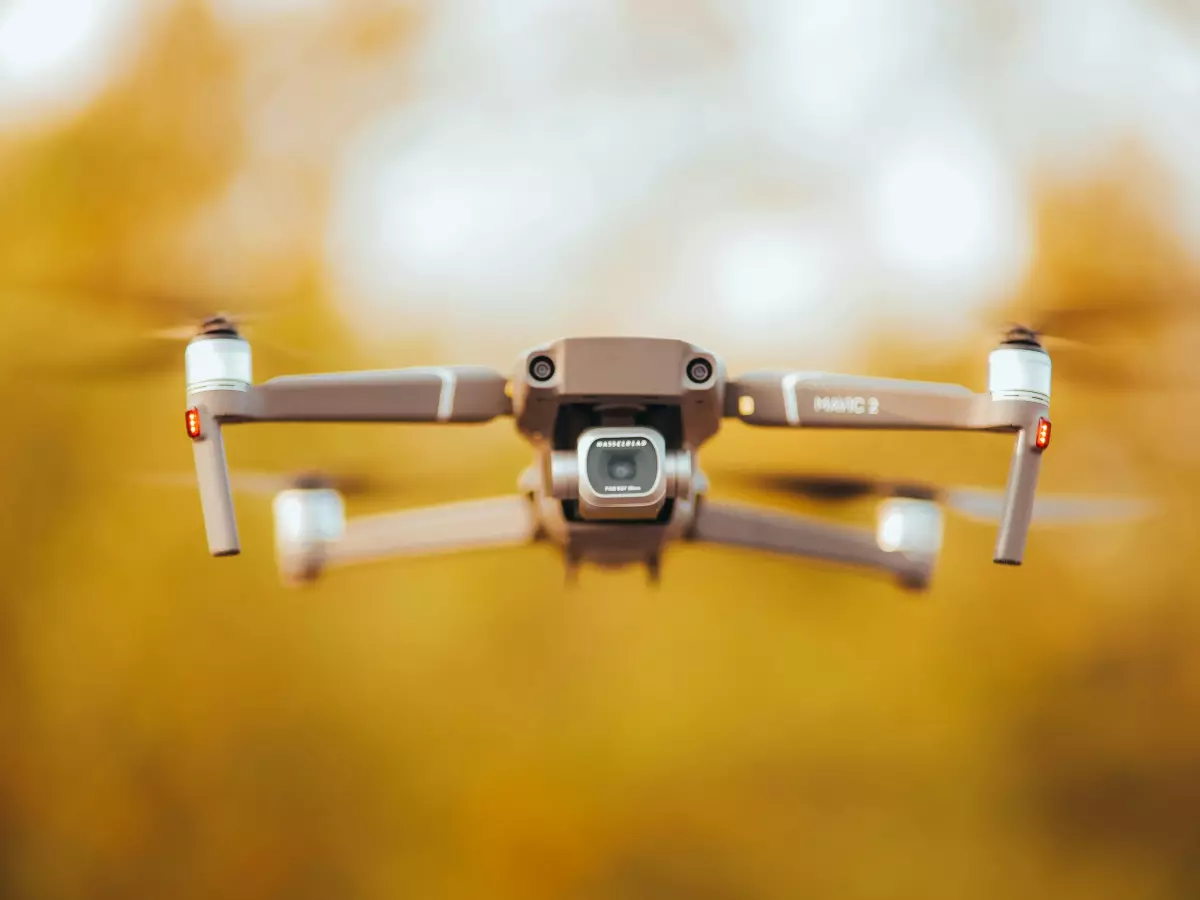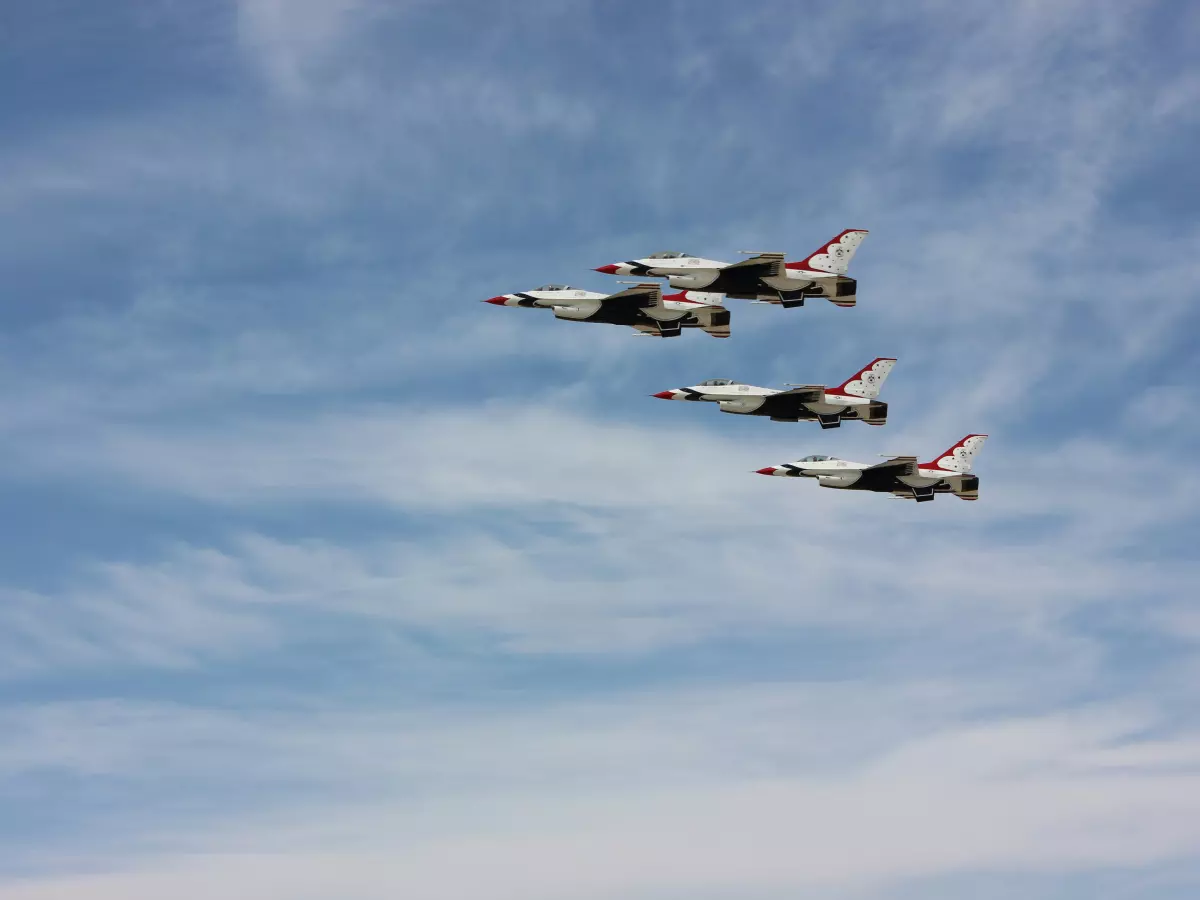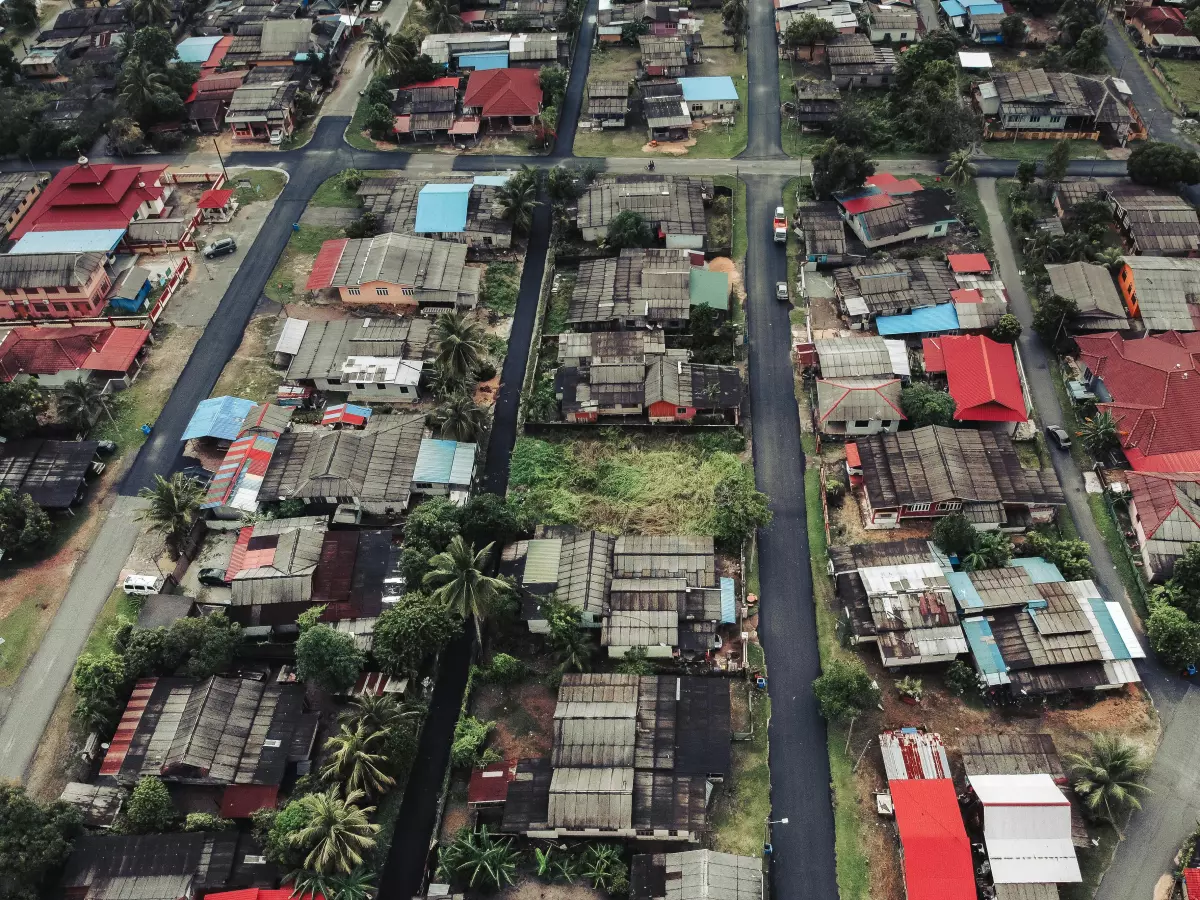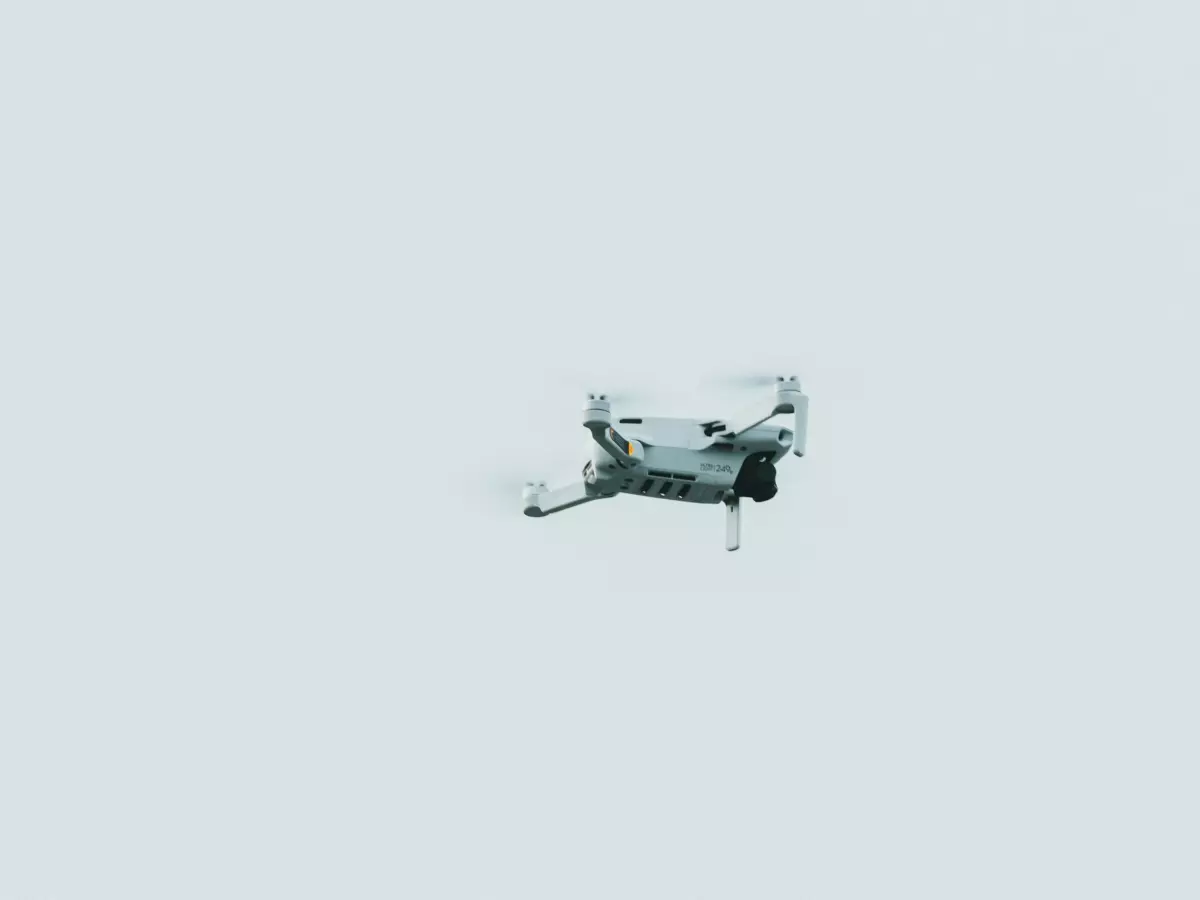Brains in the Sky
Back in the early days of drones, pilots had to manually control every movement, from takeoff to landing. Fast forward to today, and drones are flying themselves, making decisions in real-time, and navigating complex environments without human intervention. How did we get here? The answer lies in the evolution of flight control software, sensor fusion, and the push for full autonomy.
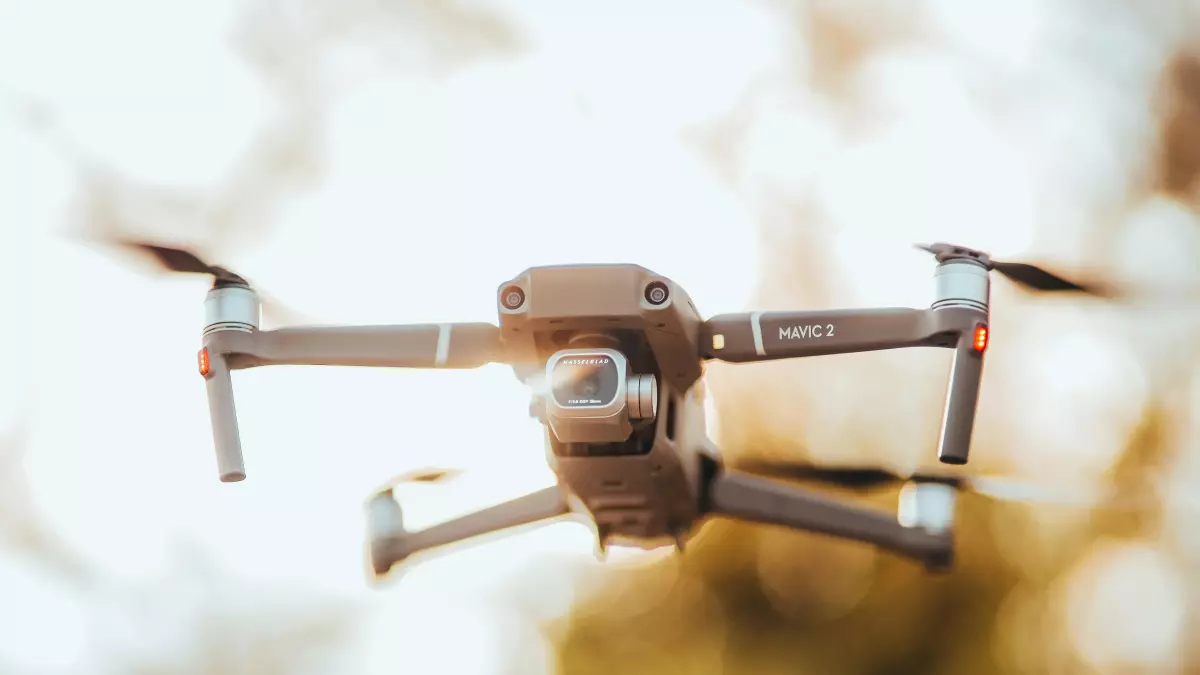
By Jason Patel
Flight control software is the unsung hero of drone autonomy. It’s the brain that processes information from various sensors, makes sense of it, and then sends commands to the drone’s motors, ensuring smooth and stable flight. But it’s not just about keeping the drone in the air—it’s about making the drone smart enough to fly itself. And that’s where sensor fusion and autonomy come into play.
Dr. Sarah Thompson, a leading expert in autonomous systems, once said, “Flight control software is the foundation of drone autonomy. Without it, even the most advanced sensors would be useless.” She’s right. The sensors may provide the data, but it’s the software that interprets it and makes decisions in real-time. So, let’s dive into how flight control software, sensor fusion, and autonomy work together to create the self-flying drones of today.
The Role of Flight Control Software
At its core, flight control software is responsible for stabilizing the drone and executing the pilot’s commands. But in autonomous drones, it does so much more. It’s responsible for:
- Stabilization: Keeping the drone level and steady, even in windy conditions.
- Navigation: Guiding the drone to its destination using GPS, inertial measurement units (IMUs), and other sensors.
- Obstacle Avoidance: Detecting and avoiding obstacles in real-time.
- Path Planning: Calculating the most efficient route to a destination.
- Decision-Making: Making real-time decisions based on sensor data, such as when to change altitude or avoid an obstacle.
The software does all of this by processing data from a variety of sensors, including GPS, accelerometers, gyroscopes, cameras, and LiDAR. But here’s the kicker: no single sensor can provide all the information the drone needs. That’s where sensor fusion comes in.
What is Sensor Fusion?
Sensor fusion is the process of combining data from multiple sensors to create a more accurate and reliable picture of the drone’s environment. Think of it like this: if you were driving a car, you wouldn’t rely on just your eyes to navigate—you’d also use your ears, your sense of touch (to feel the road), and maybe even your sense of smell (if something’s burning, for example). The same goes for drones. By fusing data from multiple sensors, the drone can “see” its environment in 3D, detect obstacles, and make real-time decisions about how to navigate.
For example, a drone might use GPS to determine its general location, but GPS alone isn’t accurate enough for precise navigation. So, the drone also uses an IMU to measure its acceleration and rotation, a barometer to measure altitude, and a camera or LiDAR to detect obstacles. The flight control software then fuses all of this data together to create a complete picture of the drone’s surroundings.
But sensor fusion isn’t just about combining data—it’s about making sense of it. The software has to filter out noise (irrelevant data) and prioritize the most important information. For example, if the drone’s GPS signal is weak, the software might rely more on the IMU and barometer to maintain accurate positioning.
Autonomy: The Next Frontier
So, we’ve got flight control software that can stabilize the drone, navigate, and avoid obstacles. We’ve got sensor fusion that provides a complete picture of the drone’s environment. But what about autonomy? How does the drone make decisions without human input?
Autonomy is all about decision-making. In an autonomous drone, the flight control software doesn’t just follow a pre-programmed flight path—it makes real-time decisions based on the data it receives from the sensors. For example, if the drone encounters an obstacle, it might decide to change its altitude or reroute to avoid it. If the weather changes, the drone might adjust its flight path to avoid strong winds or rain.
One of the key technologies enabling autonomy is machine learning. By training the flight control software on vast amounts of data, engineers can teach the drone to recognize patterns and make decisions based on past experiences. For example, a drone might learn to recognize certain types of obstacles (like trees or buildings) and adjust its flight path accordingly.
But autonomy isn’t just about avoiding obstacles—it’s also about optimizing flight efficiency. Autonomous drones can calculate the most efficient route to a destination, taking into account factors like wind speed, battery life, and terrain. This not only saves time and energy but also extends the drone’s flight time.
The Future of Drone Autonomy
So, what’s next for drone autonomy? As flight control software continues to evolve, we can expect drones to become even more independent. Here are a few trends to watch:
- Swarming: In the future, drones may be able to work together in swarms, communicating with each other and coordinating their movements to complete complex tasks.
- AI-Powered Decision Making: As artificial intelligence (AI) continues to advance, drones will become even better at making real-time decisions, such as avoiding obstacles or rerouting around bad weather.
- Full Autonomy: We’re already seeing drones that can fly themselves, but in the future, we may see drones that can complete entire missions without any human input, from takeoff to landing.
- Improved Sensor Fusion: As sensors become more advanced, we can expect even more accurate and reliable sensor fusion, enabling drones to navigate even the most complex environments.
But with great power comes great responsibility. As drones become more autonomous, there are also concerns about safety and security. For example, how do we ensure that autonomous drones don’t collide with each other or with manned aircraft? How do we prevent hackers from taking control of autonomous drones? These are questions that engineers and regulators will need to address as drone autonomy continues to evolve.
Conclusion: The Sky’s the Limit
Flight control software, sensor fusion, and autonomy are the three pillars of modern drone technology. Together, they enable drones to fly themselves, navigate complex environments, and make real-time decisions without human input. As these technologies continue to evolve, we can expect drones to become even more autonomous, efficient, and capable.
But we’re just scratching the surface. The future of drone autonomy is full of possibilities, from swarming drones to AI-powered decision-making. So, the next time you see a drone flying overhead, remember: there’s a lot more going on behind the scenes than meets the eye.
